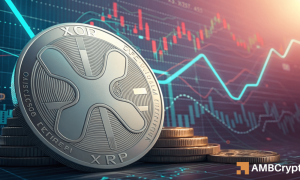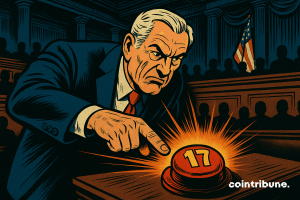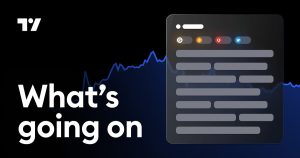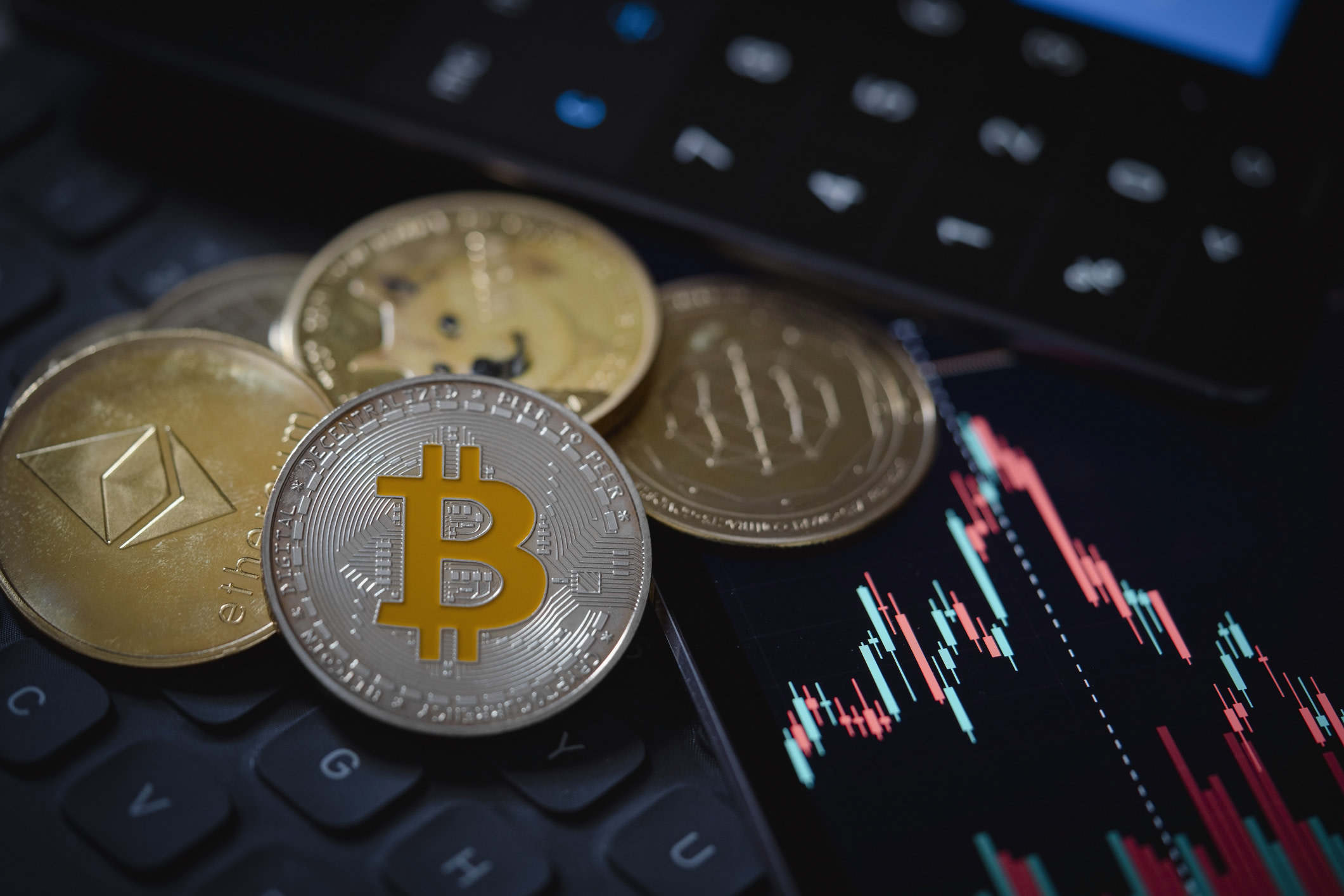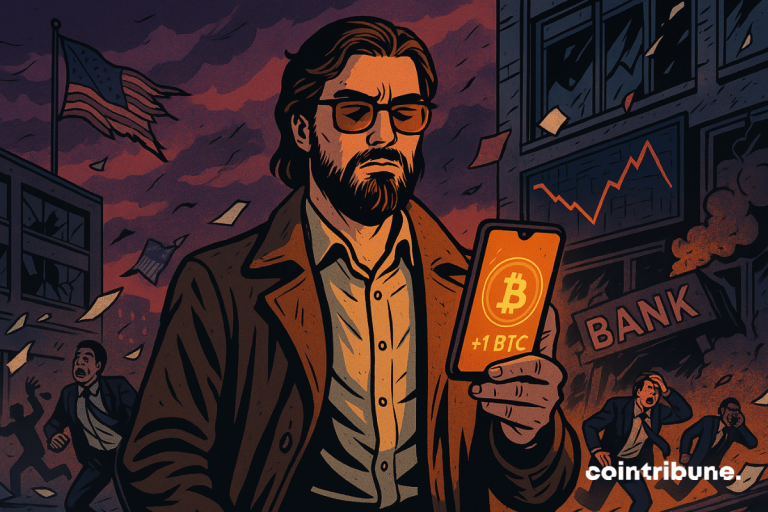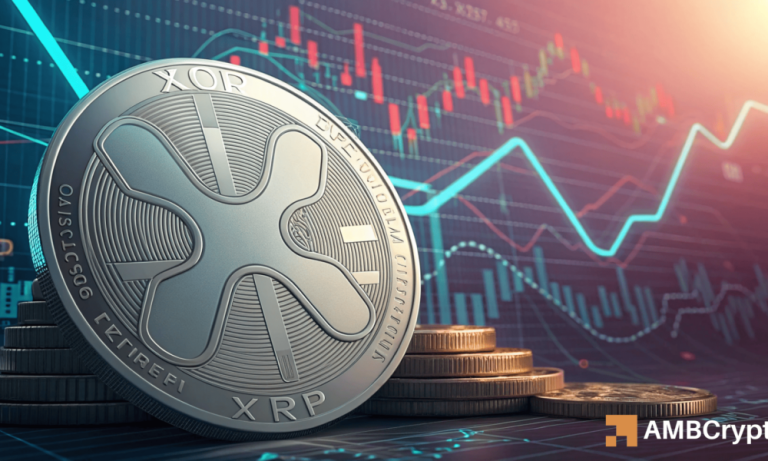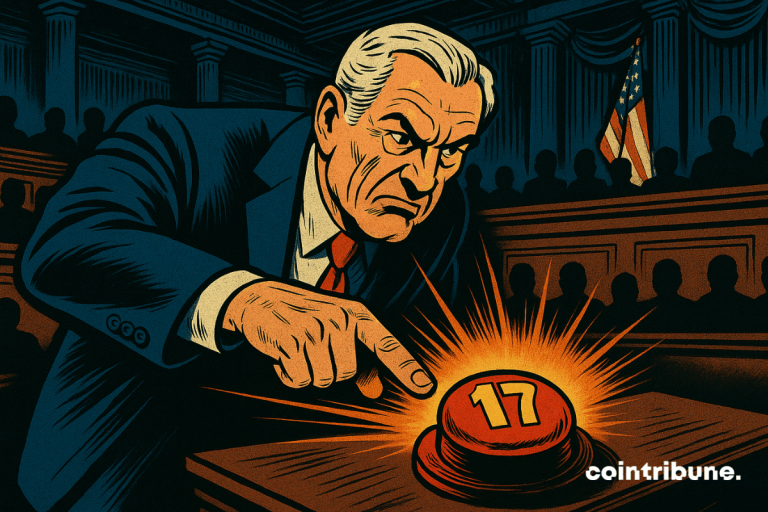Bitcoin’s energy-hungry mining process has long faced criticism for its staggering environmental impact. Now, a relatively new cryptocurrency platform called Bitcoin.ℏ is promising cleaner, more sustainable option for crypto-savvy investors.
A recent CoinGape report calls Bitcoin.ℏ a “green, quantum-resistant replacement for Bitcoin” that aims to solve cryptocurrency’s sustainability challenges.
One of bitcoin’s biggest concerns is the environmentally taxing mining process. As Investopedia explains, bitcoin mining is how cryptocurrency transactions get added to the blockchain ledger — and how new bitcoin currency is circulated.
To put it simply, miners race to solve cryptographic puzzles using specialized computers. The first to succeed adds a block of transactions to the blockchain — and earns newly minted bitcoin as a reward.
But this “mining” is notorious for requiring massive amounts of energy, often powered by highly polluting dirty fuels. In fact, NerdWallet reports that bitcoin miners, as a group, burn through more electricity than some entire countries. Mining also releases 65 megatonnes of carbon pollution per year, per CoinGape. It’s the cost of doing business in bitcoin’s world — and it’s a big one.
To help avoid this massive energy use, Bitcoin.ℏ runs on Hedera Hashgraph, a decentralized ledger platform with an energy-efficient consensus algorithm requiring no mining. This means each transaction uses less energy, making Bitcoin.ℏ — which actually is not directly connected to the original bitcoin — a more sustainable choice in the blockchain world.
CoinGape reported Bitcoin.ℏ only consumes approximately 0.000003 kilowatt-hours of energy, compared to bitcoin’s 703 kilowatt-hours — leading it to say it’s “winning the battle for the future of crypto sustainability.” Bitcoin.ℏ also has a faster transaction speed, able to reach 10,000 transactions per second.
Bitcoin currently hovers at about 7 transactions per second, per Tokenview.io. Beyond efficiency and speed, Bitcoin.ℏ reportedly prioritizes security and quantum resistance through its architecture.
On Reddit, users discussing Bitcoin.ℏ expressed a mixture of optimism and skepticism, with some waving it away as a “meme coin” and others saying they hope it pans out.
“Would the world be better if everything used less electricity? Yes. Hedera uses the least electricity per transaction, 800 transactions can be done using the same amount of electricity Visa uses doing only one, lonely transaction,” one user wrote.
TCD Picks » Upway Spotlight
💡Upway makes it easy to find discounts of up to 60% on premium e-bike brands
Said another: “Only invest what you can afford to lose. To me, it looks like someone is genuinely trying, and that’s a positive sign.”
While Bitcoin.ℏ shows promise for cleaning up the cryptocurrency space, it still faces the challenge of carving out a place alongside bitcoin’s established and trusted model, which is lauded for its security and user incentives.
Ethereum, which recently completed “The Merge” by transitioning to proof-of-stake verification to reduce its energy consumption by more than 99%, is facing similar challenges to maintain upward mobility. That’s even despite starting with a much bigger user base than Bitcoin.ℏ or Hedera more broadly — though after a dip from late 2024 to early 2025, Ethereum’s primary currency, ether, is up about 12% over the last month.
In the meantime, some bitcoin companies are working to make their own operations more sustainable despite bitcoin likely never transitioning from the more energy-intensive proof-of-work model, acutely aware of how much energy their data centers consume.
Major bitcoin mining company Mara Holding, for instance, recently acquired a wind farm in Texas to help power a portion of its cryptocurrency operations. This reflects a broader shift in the industry toward sustainability, whether through greener currency or cleaning up existing infrastructure.
Join our free newsletter for good news and useful tips, and don’t miss this cool list of easy ways to help yourself while helping the planet.


